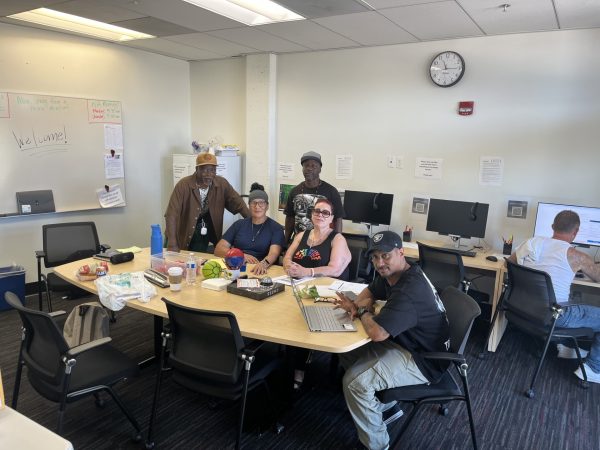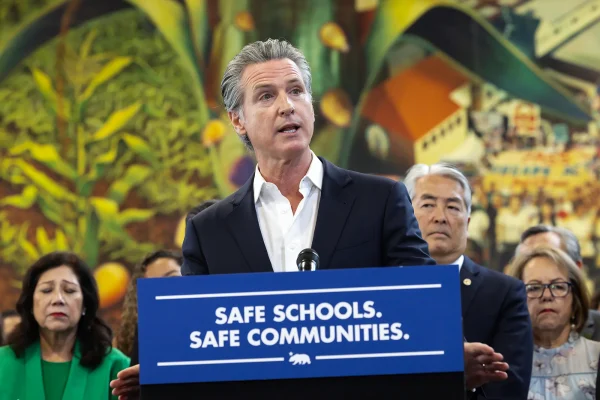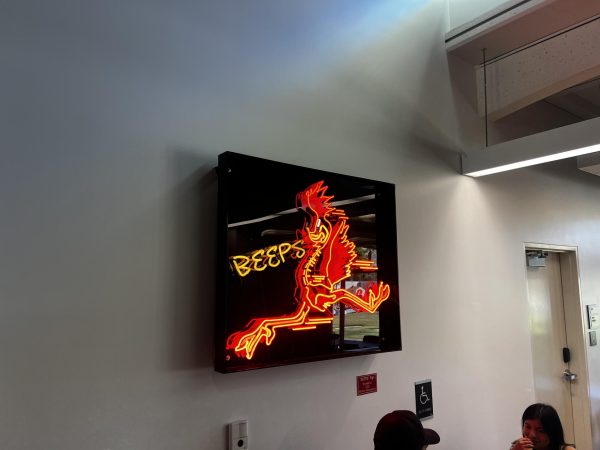Transfer students ready to succeed amidst new COVID-19 variant
Photo by Getty Images /Dan Kitwood. Graduation day for students is a time for celebration. Many reflect on what’s next during difficult times.
The reality of transfer students moving between institutions since the pandemic’s start proves to be less complicated. Still, it might bring in pressure and uncertainty for many students if a new and fatal COVID-19 variant fuels a rise in new cases.
On Feb. 14, the Centers For Disease Control and Prevention Director Rochelle Walensky joined Margaret Brennan, the moderator and senior foreign affairs correspondent for Face The Nation to discuss the latest research on the new and highly contagious COVID-19 variant B.1.1.7 and its ties to higher hospitalizations, with a total of over 1,500 reported cases as of Feb. 18 in the United States.
“There are over 1,000 cases that we have documented in this country, in 39 states. We estimate now that about 4% of disease in this country is related to B.1.1.7 and have projections that it may be the dominant strain by the end of March,” said Walensky.
Walensky added, “We are nowhere out of the woods. If we relax these mitigation strategies with increasing transmissible variants out there, we could be in a much more difficult spot.”
What does this mean for transfer students?
Colleges and universities across California have now started implementing measures and procedures to combat the new strains of the COVID-19. Both UC and CSU systems and campuses have announced the importance of flexibility and accommodations for all incoming students for Fall 2021. Campuses are working diligently to take all necessary steps to mitigate the disruptions caused by COVID-19 while ensuring the health and safety of students, faculty, staff and those around the community.
Students looking to transfer from College of the Desert to UC and CSU campuses have the opportunity to utilize the transfer center’s resources. Every semester, the transfer center releases new workshop schedules geared towards getting transfer students ready for success.
Students can get assistance with applications, scholarships and get outreach access to discuss with representatives from various universities about their admissions requirements, procedures, financial aid, housing and other support services within the university. Students who sign up with COD’s Transfer Counselor Scott Cooper for the My Transfer Plan on Canvas can access up-to-date information on transfer and admissions processes from various UC and CSU campuses.
Juan Marquez, a COD sophomore who will be transferring in the fall, wants students who are experiencing difficulties due to the pandemic and hope to transfer to know that the college has extremely helpful transfer counselors who offer some of the best resources needed especially during these times.
“The transfer counselors helped me with my confidence in a way because of my grades and the pandemic happening. I was really worried about not making it. They reassured me, helped me get my applications filled out and submitted, and helped me sign up for My Transfer Plan, where I was able to see examples of the UC application process, which was really helpful,” Marquez said.
Marquez added, “I appreciate that they send out weekly emails to the students about applications and financial opportunities that are being offered by UC and CSU campuses. I believe a lot of students, especially now who have lost their jobs, really benefit from the emails sent out offering students help.”
Students have unlimited access to these resources, free of charge, and utilizing them has proven extremely beneficial.
The statistics
A 2015 study conducted by the Community College Research Center of Columbia University found that only 24% of students out of 80% successfully transfer to four-year institutions within five years of earning their associate’s degree, while only 17% of students earn their bachelor’s degree within six years of transferring.
While an article written by the Association of American Colleges and Universities in 2019 found that the main way four-year institutions can broaden the amount of community college transfer students enrolled is by the revision of policies, providing better financial aid packages and tuition programs, and informing students about available internships within impacted majors.
“I’ve been at COD for three years. I’m looking forward to transferring. I don’t expect a massive change just because we have a vaccine now, but being able to head back onto campus will be nice,” said Savannah Comado, who’s currently in her last semester at COD.
Comado added, “I’m hoping to transfer to UC San Diego in the fall. It’s a competitive school, but I know that I have everything I need to get admitted hopefully.”
Community college students and families also hope to see progressive changes within the Biden administration following President Biden’s proposal to make public colleges and universities tuition-free for those with incomes below $125,000.
“We know that in the 21st century, 12 years of schooling is not enough and that young people are getting crushed by the burden of student debt. Under the legislation, we’re going to be proposing several policies that will provide affordable higher education to alleviate that financial burden,” Biden said during a C-SPAN conference on Dec. 23.
By implementing the right policies and programs, we could eventually see a rise in the percentage of community college students who successfully achieve their goals of attending four-year institutions.

Adjoa is majoring in journalism and communications, and though her passion lies in writing, it also lies in humanitarian efforts. She aspires to become...









